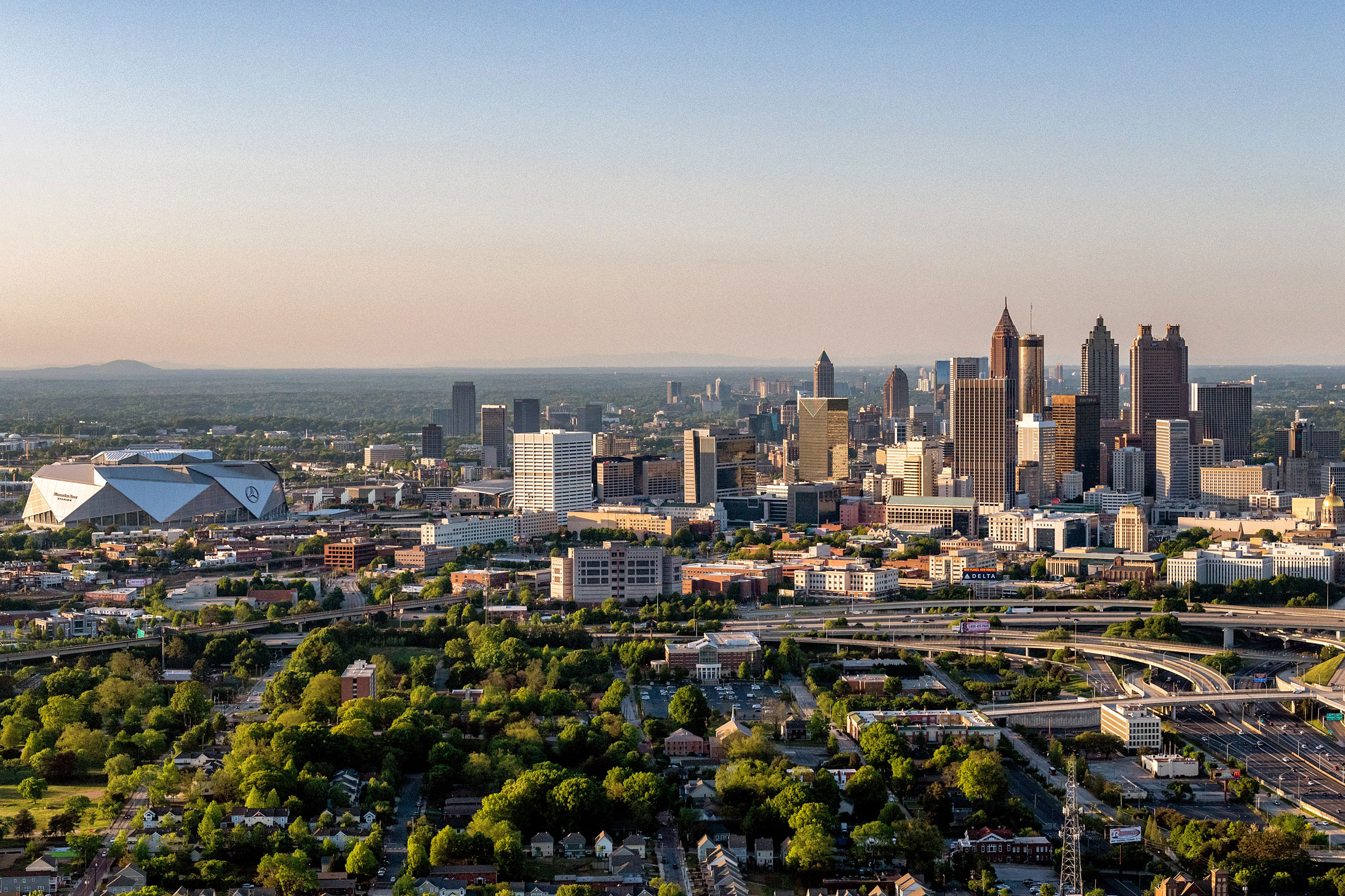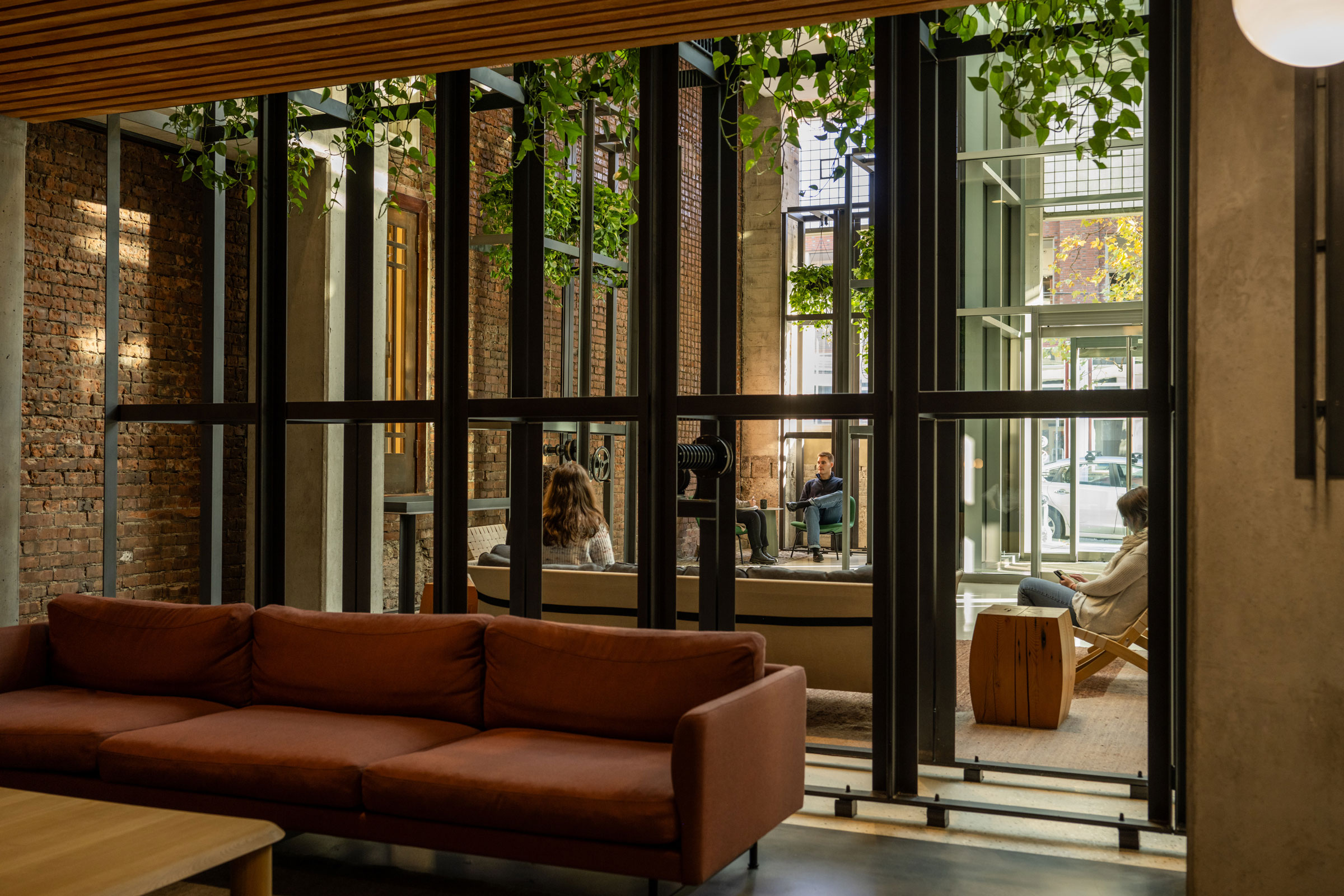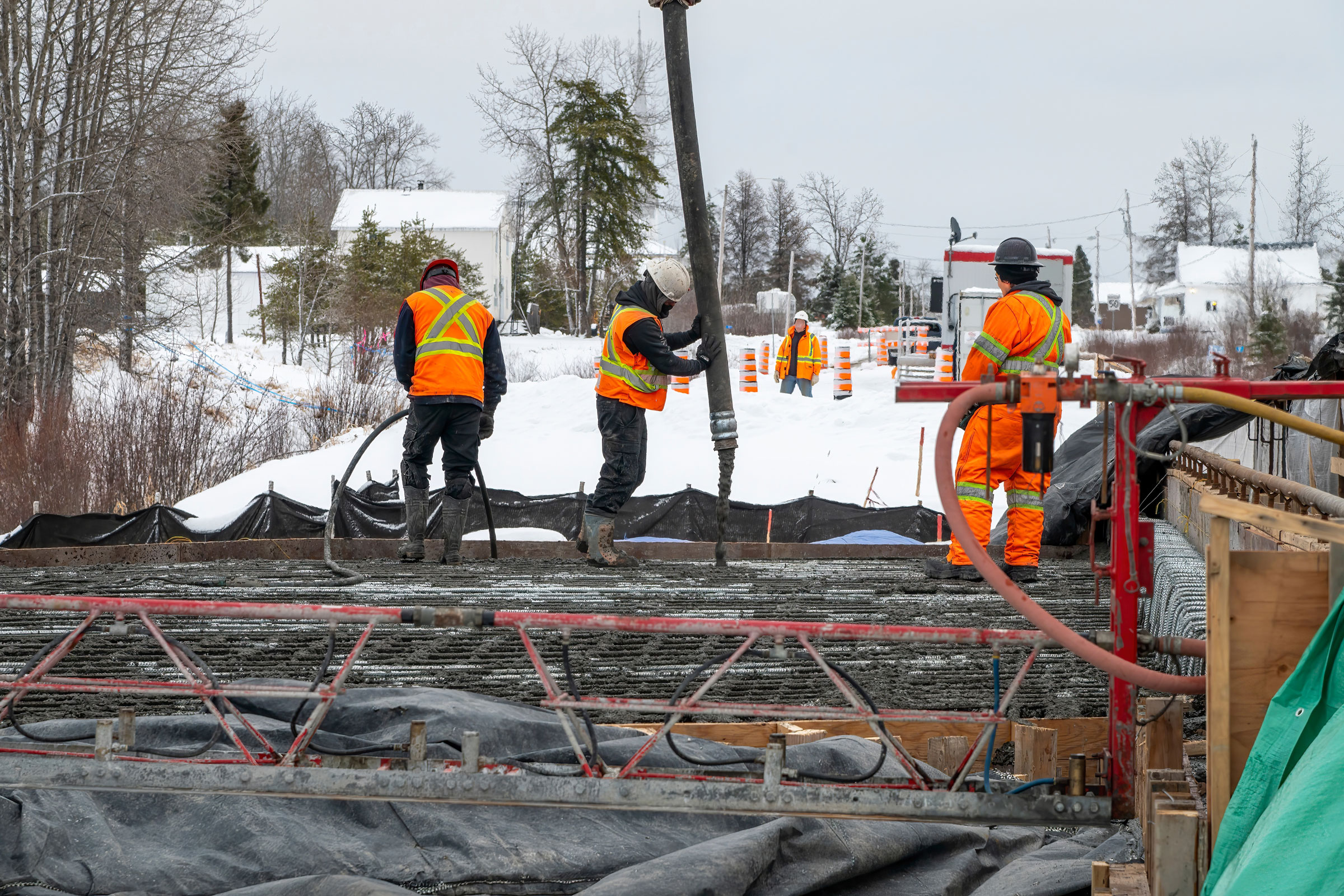Story at a glance:
- Urban metropolis meets serene oasis in Georgia’s capital city of Atlanta.
- The city is known for its walkability, thanks to projects like the Beltline.
- Piedmont Park is another evolving success, with 185 acres of trails, nature, and fitness amenities.
Atlanta is known as the “City in a Forest.”
Georgia’s capital, population 518,000, has the highest urban tree canopy coverage among comparable cities in the US—47.9% according to one Urban Tree Canopy study.
“This reflects the city’s successful fusion of urban development and robust sustainability efforts,” says Charlene Lopez, executive vice president and chief sales officer for the Atlanta Convention & Visitors Bureau.
City of Parks
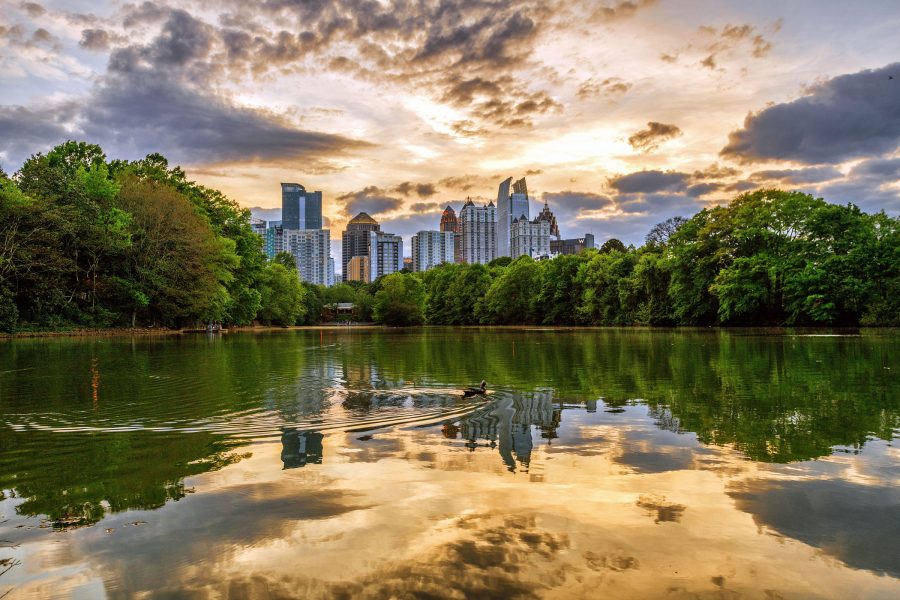
Lake Clara Meer in Piedmont Park is a popular spot for locals and visitors alike in Atlanta. Photo by Gene Phillips, courtesy of ACVB & atlantaphotos.com
Take a stroll through any neighborhood and you won’t have to walk far before you see green. Piedmont Park, the Shirley Clarke Franklin Park, and more than 300 other parks bring life to Atlanta year-round, according to ChooseATL.
Piedmont Park itself is 185 acres and home to any number of birds and other flora and fauna. It’s so beautiful painters regularly set up their easels along Lake Clara Meer to capture the skyline through the trees.
“Visitors and locals can experience our commitment to sustainable tourism through our more than 300 parks and gardens, like Westside Park and Piedmont Park, as well as the beloved Atlanta Beltline (read more on the following pages) and PATH 400,” Lopez says. “These green spaces offer scenic and sustainable routes throughout the city.”
A Sustainable City
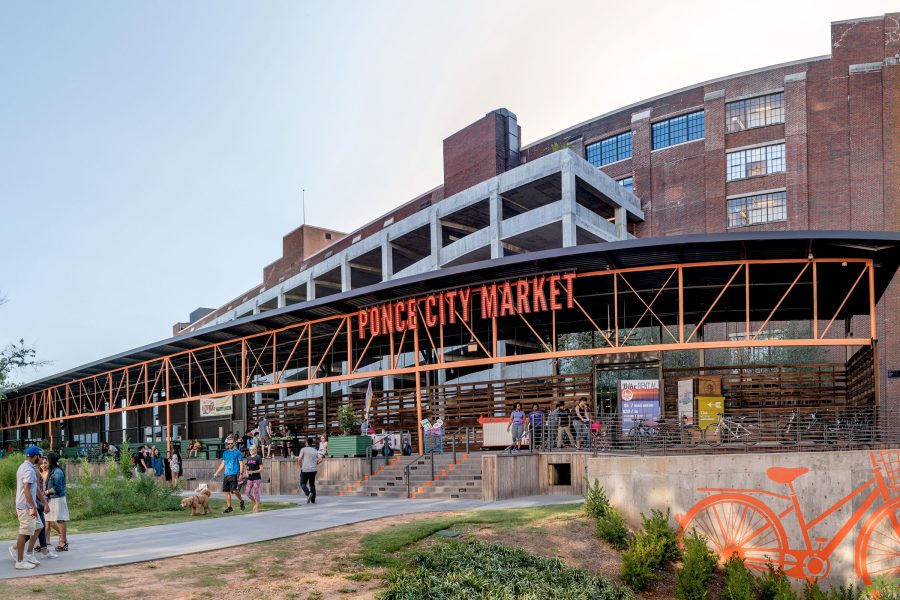
Ponce City Market, just off the Beltline, is a bustling a mixed-use development in a former Sears catalog facility in Atlanta. Photo by Gene Phillips, courtesy of ACVB & atlantaphotos.com
Get around using MARTA, Atlanta’s public transit, or hit one of the many popular pedestrian and cycling paths in the heart of the city.
The city’s businesses, too, are emphasizing sustainability at every turn, Lopez says. Atlanta is ranked fourth in the country for Energy Star–certified buildings, according to the EPA.
Since August 2022 Georgia has led the nation in clean energy investment and new energy projects, Lopez says. Restaurants like Bacchanalia and The CHASTAIN have earned MICHELIN Green Star recognition for their commitment to sustainability, and green lodging is more plentiful than ever.
“Many of Atlanta’s hotels also prioritize sustainable practices such as water and energy usage, offering eco-friendly amenities.”
The city also regularly hosts major events in world-class, energy-efficient venues like the Georgia World Congress Center—the world’s largest LEED-Gold certified convention center at the time of its completion—the LEED Platinum Mercedes-Benz Stadium, and the TRUE Platinum Certified Zero Waste State Farm Arena.
A Cleaner Future
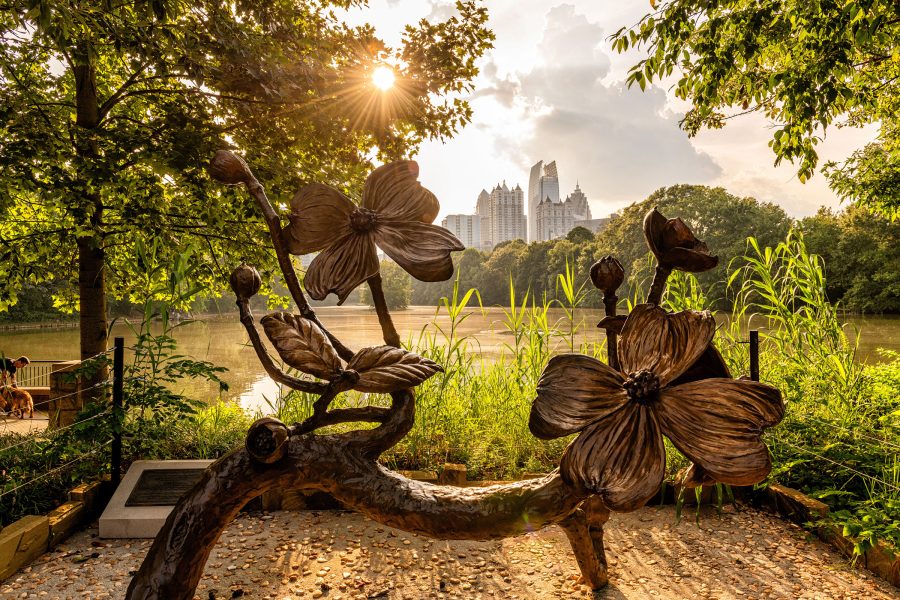
Piedmont Park is full of beautiful vantage points and places to sit, play, or walk. Photo by Gene Phillips, courtesy of ACVB & atlantaphotos.com
Atlanta is also moving toward a cleaner future with the City of Atlanta’s 100% Clean Energy Plan, aiming for complete clean energy transition by 2035. The resolution defines clean energy as “energy derived from wind, solar, existing and low-impact hydroelectric, geothermal, biogas, and wave technology sources.”
“While Atlanta holds a strong foundation in sustainability, we understand that ‘green’ is a continuous effort,” Lopez says. “We’ve celebrated notable achievements, but we’re also focused on the next phase of our evolution. Looking 10 years into the future, I envision a city where sustainability is deeply ingrained in every aspect of life. Atlanta’s forward-thinking approach and collaborative spirit will undoubtedly take us to new heights.”
Read about some of the area’s recent successes with stories on the Beltline, Scout Living, Serenbe’s Biophilic Leadership Summit, and a new Studio Gang–designed arts center at Spelman College.

